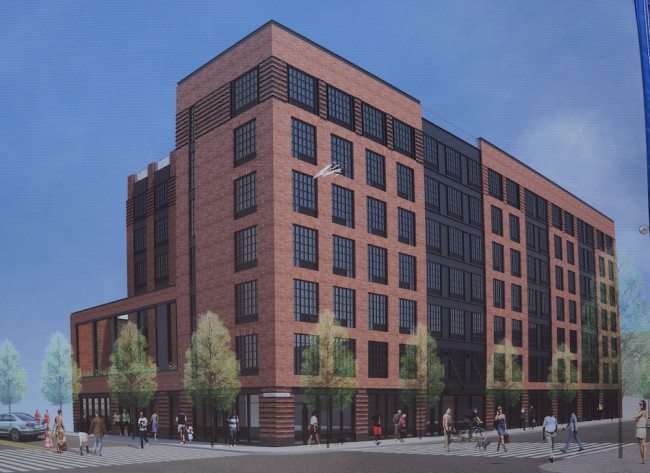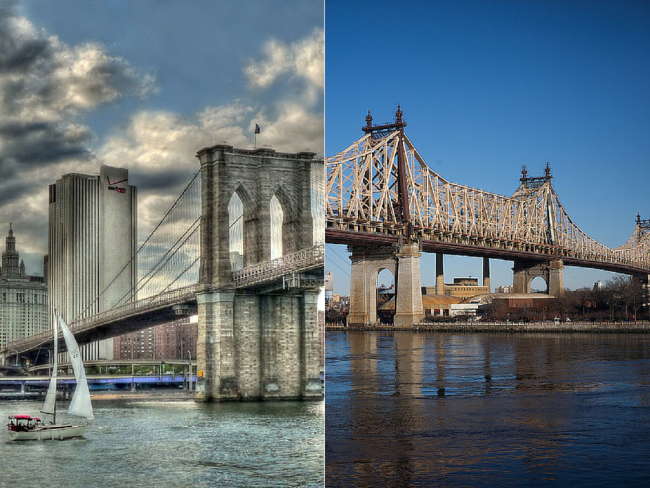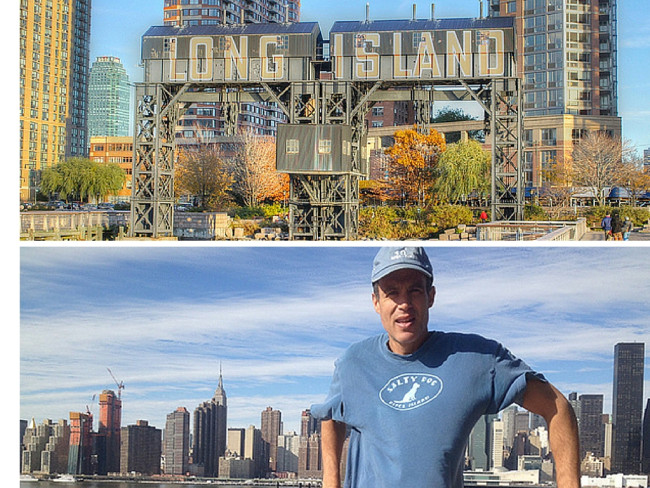Three New Yorkers ponder how development is transforming their neighborhoods
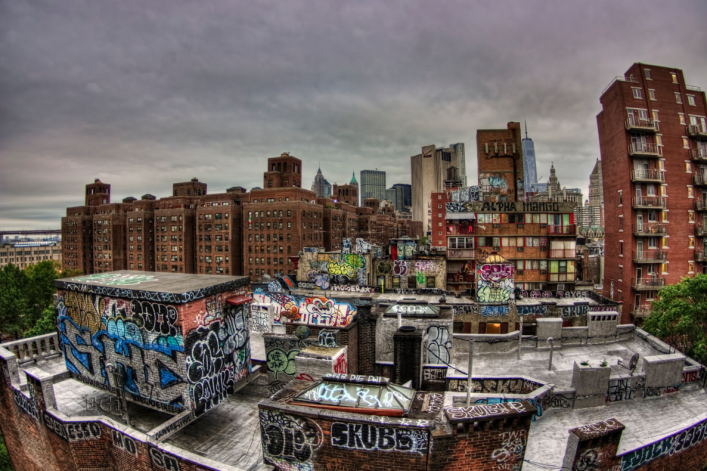
The Lower East Side
Enrique Gonzalez Ibarra/Flickr
It's fitting in a way that a performance artist would sum up what may be one of the most interesting "acts" to grace one of the world's biggest stages—New York City—in recent years: its rapid metamorphosis. In an interview with the Lower East Side blog The Lo-Down, performance artist and longtime LES resident Penny Arcade was asked how she has seen the neighborhood change, to which she replied: “You are kidding, right? (Do you) like some place? It will be gone in two years."
New York City is ever evolving, but some neighborhoods seem to change faster and more thoroughly than others. The relentless pace of development leads many locals to lament the transformation of places they no longer recognize as home—while others hail what they see as much-needed improvements.
New development has been particularly intense in some neighborhoods, including Greenpoint, Long Island City, and the Lower East Side. We spoke to residents of these three areas to get the lowdown on what they think of their hometowns’ metamorphoses.
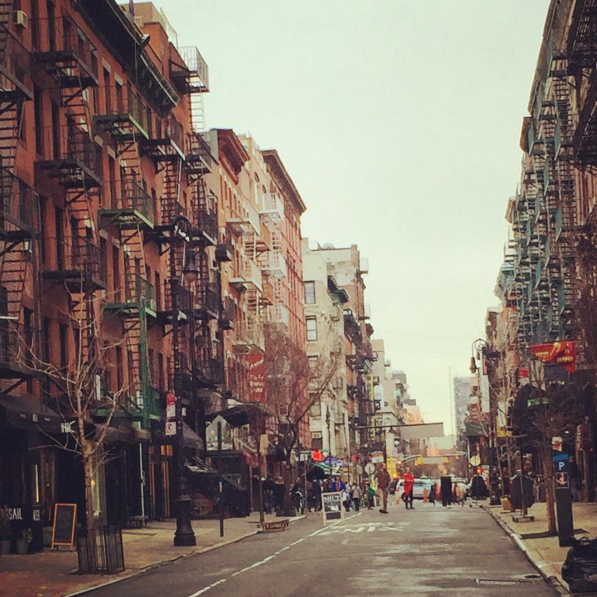
Lower East Side
Lawrence Fung grew up on the Lower East Side, bouncing between apartments on Essex and Clinton Streets. He recalls the area as an enclave for working and middle-class families, rich in diversity, with residents who were Chinese, Puerto Rican, African American, and Jewish, many of them immigrants. Though the neighborhood was seen as “a little grungy,” and random muggings were not uncommon, it was also home to many artists, as well as plenty of independently owned restaurants, groceries, and delis.
Now a market analyst, Fung would like to buy in the area, but he acknowledges that it may be tough: “Because of the mark-up on real estate value, it’s virtually impossible for the people who grew up here to hold on, “ he says.
Fung has seen the co-ops and storefronts he remembers from his childhood give way to luxury condos. “Especially around Ludlow, we’re seeing more of the super high rise condos,” he says. Further south, by Clinton Street, there has been an effort to preserve the low-rise charm of the neighborhood, but there are “sprinklings of monstrous buildings,” he says.
Last year, the New York Times surveyed some of these newcomers, among them 50 Clinton, a seven-story condo; 215 Chrystie, a hotel-condo; and Essex Crossing, a six-acre mixed-use property that will include “a continuous three-block shopping experience” with an upscale aura that would have been unthinkable to tenement dwellers of the previous decades. (That said, half the property’s 1,000 apartments are to be affordable units.)
Fung says he first noticed significant shifts in the neighborhood when he returned home from college in 2005: the demographics were moving toward less diversity, and the nightlife on the Lower East Side had exploded. “Bloomberg made a big push to rezone and make rental laws more favorable to landlords and real estate holding companies,” he recalls. “It was around that time that things really changed.” Indeed, during Bloomberg’s tenure the city gained 40,000 new buildings; under the former mayor, the Department of City Planning rezoned 37 percent of NYC. And as Fung points out, the former mayor did offer tax breaks to developers, although the goal of these was to encourage the inclusion of affordable units in new buildings.
Now, Fung says, “nightlife is sneaking all the way down to Canal and the East Broadway area. These community boards are not putting up a big fight when a big restaurant comes in and decides they want to open a bar.”
He concedes that when he walks around the neighborhood, it looks nicer than it did in the 1990s. “But you have to wonder, who are they making these improvements for?” He says what troubles him most is seeing things that had longstanding cultural significance get wiped out, citing the notorious Mars Bar being demolished to make way for a bank. Even longtime residents who own residences or retail in the area find it hard to resist buyout offers as maintaining property becomes more expensive, Fung says, which has eroded the working class and artistic character of the Lower East Side: "I don't know what people come to the area for now. It doesn't stand for much anymore."![]()
Furthermore, the neighborhood now strikes him as far more transient. “Store fronts open and close almost immediately. With leases being so short, people who can afford to buy come in and then go,” Fung says. “But a community needs familiar faces and people who are willing to put time in.”
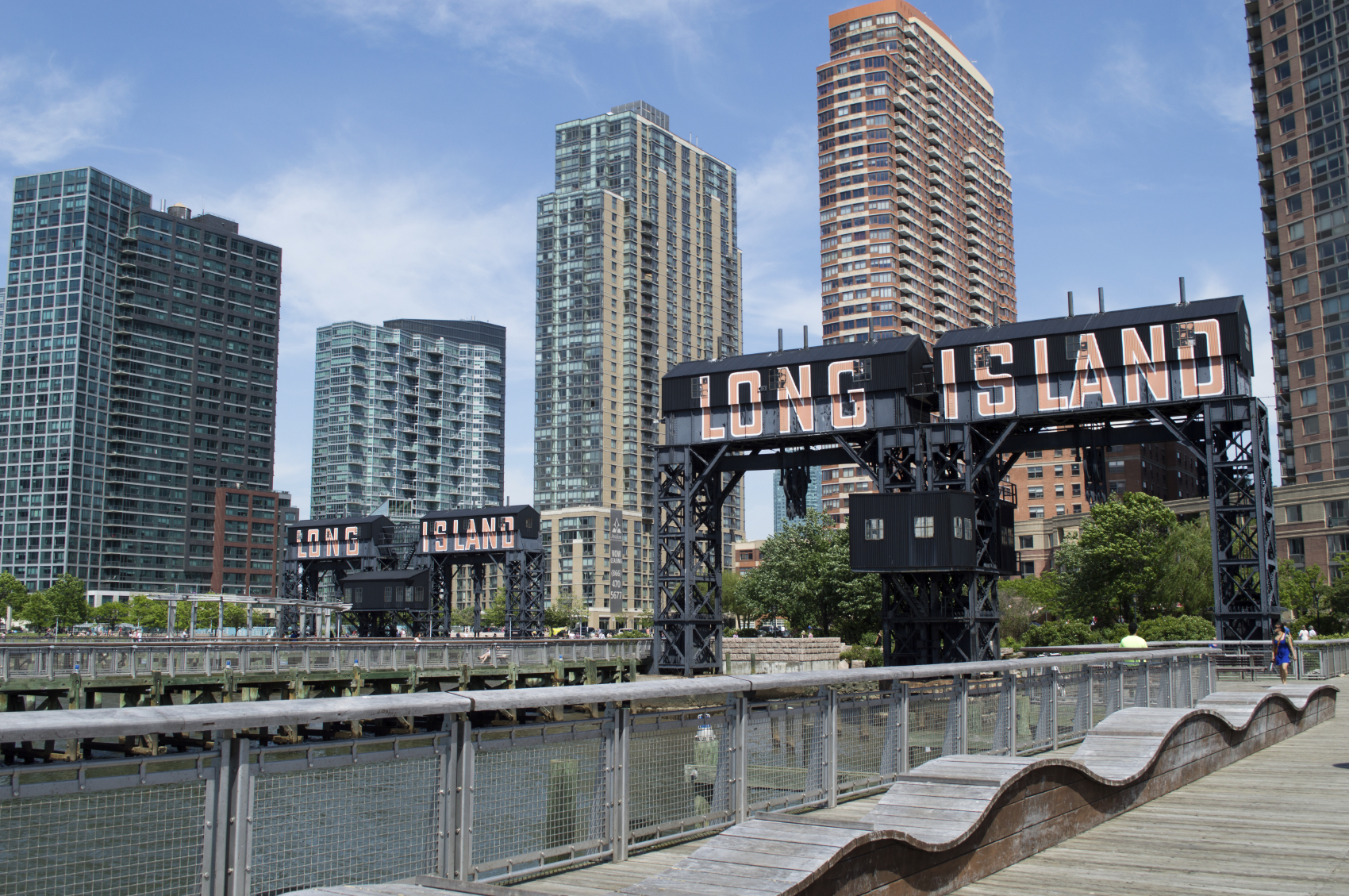
Long Island City
Want to visualize just how much development Long Island City has seen? Take a look at this map from the Long Island City Partnership, which tracks all the construction taking place in the northwest Queens neighborhood. It reveals that the most plentiful type of development underway, by far, is for residential buildings; a number of new hotels are recently completed, under construction, or in the planning stages. Retail development, meanwhile, seems to lag slightly.
The building boom has its origins in the 2001 decision by the Department of City Planning to rezone the area for commercial and residential development at increased density, with the goal of fostering "reinvestment and redevelopment that takes advantage of Long Island City's excellent mass transit access and its supply of large, underdeveloped properties"—hence all the high rises that have cropped up since.
Before the 2000s, Long Island City was fairly industrial; the rezoning plan notes the neighborhood’s low density manufacturing areas. Many of the warehouses that once called LIC home are now gone (though the country’s largest fortune cookie factory remains).
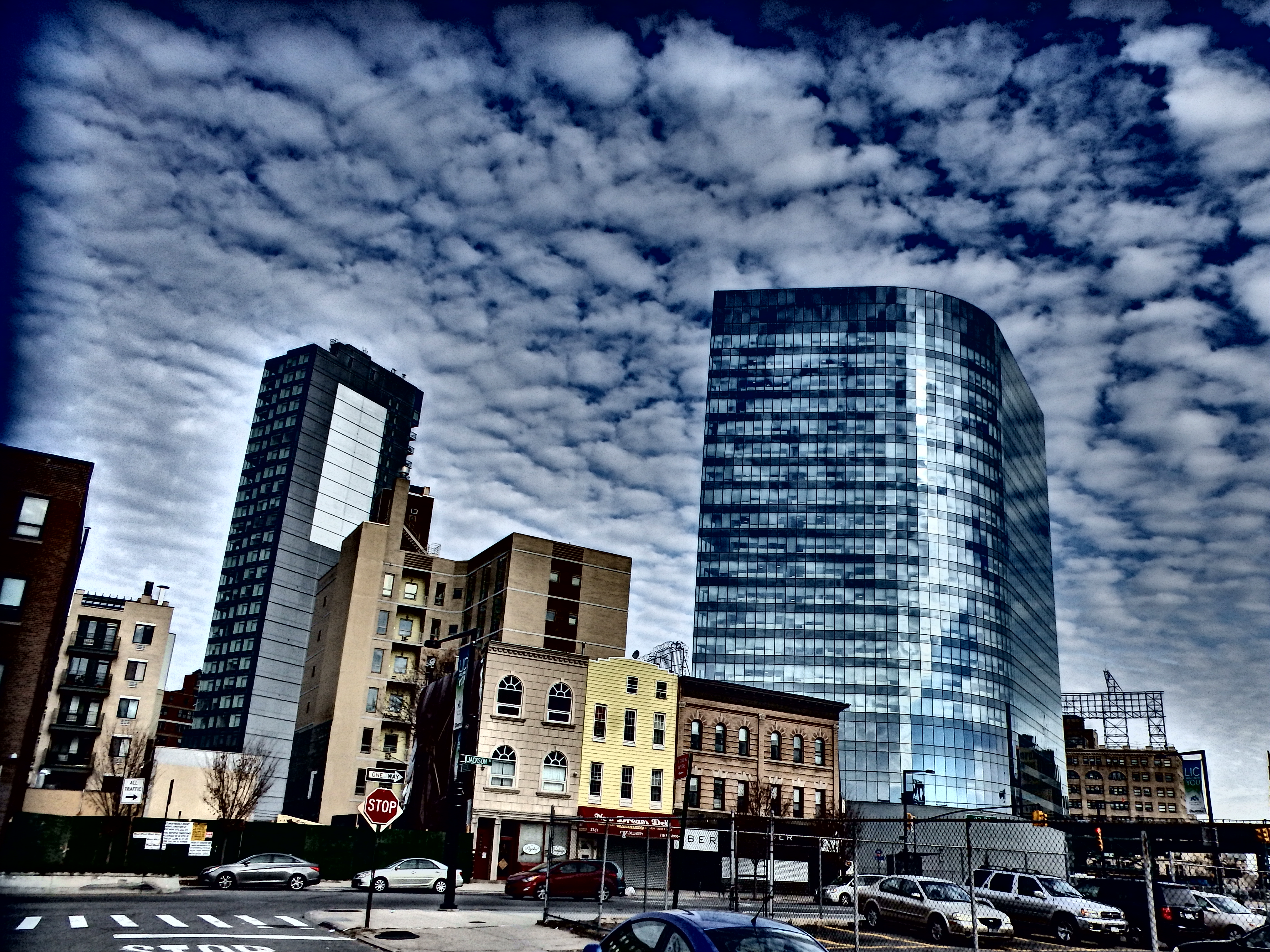
Andrew Kleinberg, an LIC resident since 2008 who blogs at LICtalk, says that the neighborhood’s transition has been perhaps less bittersweet than in other areas because most of what has been displaced has been manufacturing structures and warehouses, rather than residences.
David Maundrell, an executive vice president of new development in Brooklyn and Queens for Citi Habitats, agrees. After graduating college, he lived in LIC's Citylights building, and remembers that the surrounding area was vacant, save for a pizzeria and a diner. "I had an amazing view and parking, and I didn't care that there was nothing else there," he says. "Since then, Vernon Boulevard has come a very long way, Jackson Avenue is starting to come in, and Queens Plaza is really starting to develop."
On the other hand, Kleinberg observes that LIC’s artist community has been chipped away by the influx of luxury developers. “Previously these guys were all pioneers who came to find cheaper space from SoHo, and they created this vibrant community,” Kleinberg says. “We’re slowly seeing that getting peeled away.”
One of the most publicized examples of this was 5Pointz, the former street art mecca, which was demolished when the property’s landlord decided to take down the building to make way for condos.
Another issue that has arisen with the changes to Long Island City is that retail has struggled to keep pace with residential development, and Kleinberg says some locals are unhappy that there aren't more shopping and dining options. “The residential was built out before the support system came along,” Kleinberg says. “There has been a lot of clamor for hardware stores or another grocery store, as well as better restaurants or at least more choices.”
He explains that landlords, in anticipation of the arrival of new residents, price retail spaces as if customers were already there; businesses, however, are reluctant to move in if they expect to have low volume until new residential units are filled.
“But if you build it, they will come,” Kleinberg says, noting commercial development along Vernon and Jackson Boulevards. And mixed-use properties like the Falchi Building have brought in more vendors, including a grocery store and food start-ups. (Read our prior conversation with Kleinberg to see his recommendations for local dining and entertainment.)
Kleinberg says that of even greater significance is the neighborhood’s infrastructure. There’s a lag in the capacity of the local schools, causing headaches for local parents, and while LIC offers access to multiple subway lines—including the 7, G, N, and Q trains—“up to 18 weekends a year the 7 is shut down for maintenance,” Kleinberg says. “There’s only one way in for the 7 train, and that tunnel needs to be worked on. I don’t see a way around it.”
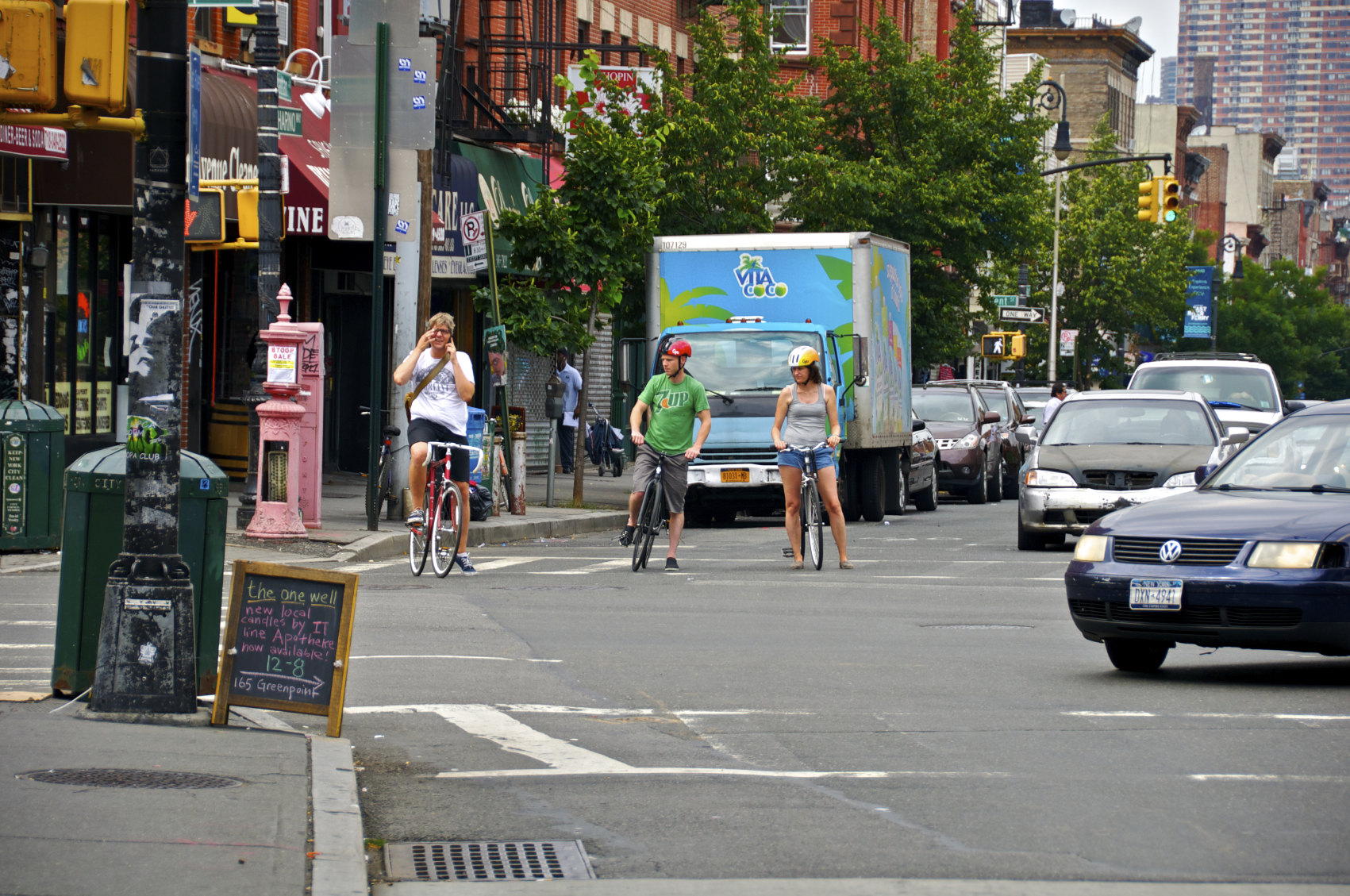
Greenpoint
“Greenpoint, get ready to get Williamsburg-ed,” read a headline in the New York Post last year. The once-sleepy north Brooklyn neighborhood, long known as an enclave for Polish immigrants, has seen its own boom: Last year, average home prices increased by 18 percent. A 2005 rezoning of the waterfront in Williamsburg and Greenpoint, which the city undertook with the goal of creating new housing in what had been a run-down industrial area, prompted heavy residential development, including Greenpoint Landing, which will bring 10 towers and over 5,000 new units to the area.
According to David Maundrell, overflow from Williamsburg has also been a major factor in drawing new residents to Greenpoint. And retail has grown along with the population, with the advent of celebrated restaurants like Glasserie, which is right on the water, not to mention Budin, the Scandinavian coffeehouse that is notoriously home to the city’s most expensive latte.
Maundrell, who grew up in the area, says he expects that the new development is “going to give life to the entire Greenpoint waterfront, which had been kind of dead and abandoned. There were some warehouses there, but really nothing going on.” He recalls how as a teenager, he and his friends used to go down to the waterfront and have parties, because there was no one around at night.
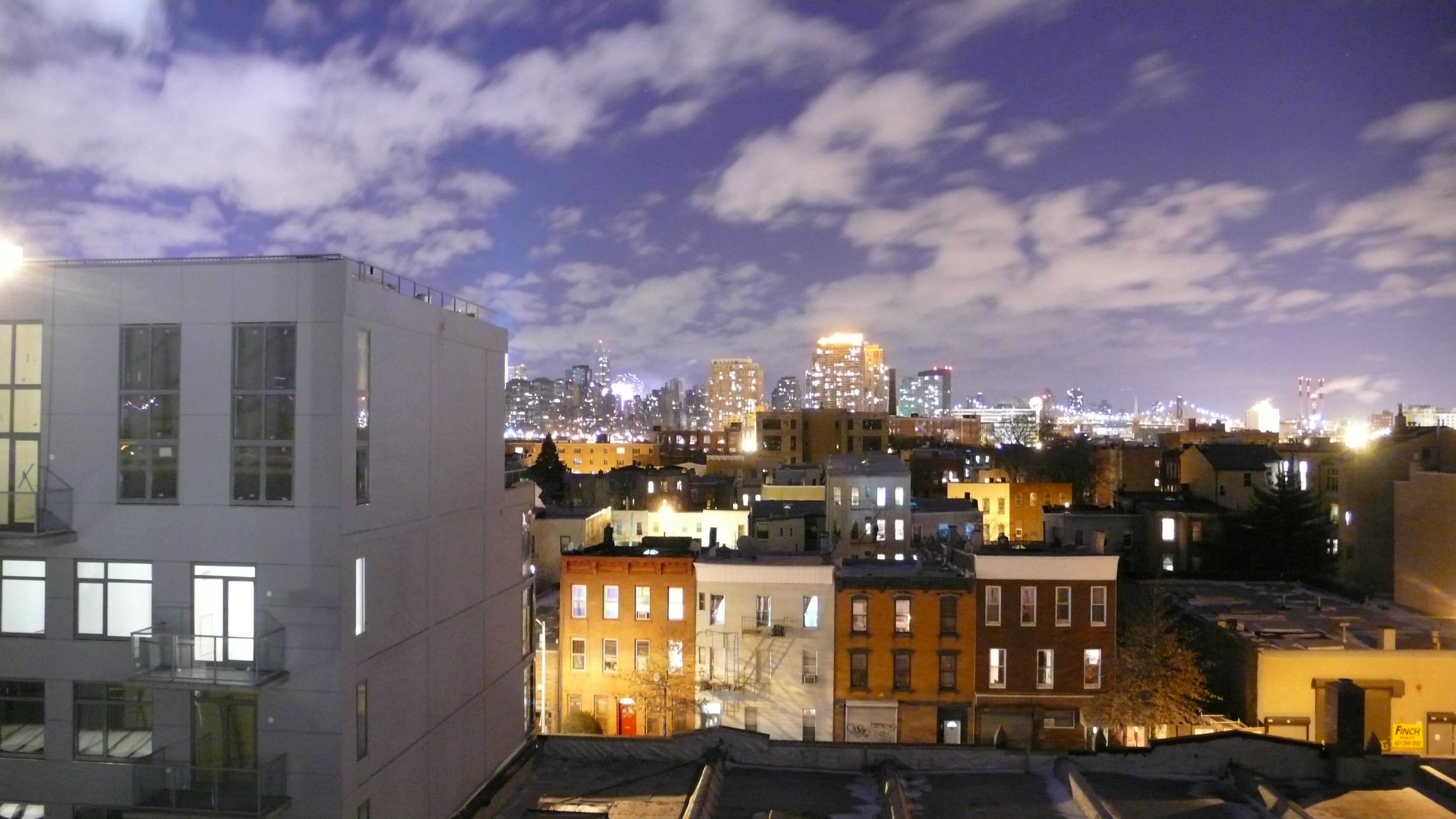
Despite that area’s transformation, Maundrell says, “Greenpoint is pretty much intact from what it was. It’s not a complete transformation like Willamsburg, because it’s been overlooked because of the G train.”
It seems that some disagree: In response to the proposal for Greenpoint Landing, a group of locals formed Save Greenpoint in opposition, advocating for the neigborhood's redevelopment "to be responsibly site-specific in scale and scope." Greenpoint's community board, too, rejected the plan for the towers when it was presented in 2013.
Maundrell says the neighborhood's real problem is transportation. The beleaguered G train has long had a bad reputation for slow and infrequent service, he says, and the fact that it doesn’t go into Manhattan has been a problem for Greenpoint’s real estate market: “Taking a two train commute is one thing, but when you get to a three train commute it really hurts pricing.”
In light of the planned shut down of the L train, the MTA announced that it will add two cars to the G; Maundrell says that if the city agency devotes more resources to the line, it will not only alleviate pressure on the L, but also draw more people to Greenpoint.
More residents are coming, in any case: in addition to Greenpoint Landing, a 39-story tower from Palin Enterprises and a 40-story building from RedSky Capital are both planned for the waterfront, as well.
You Might Also Like






















